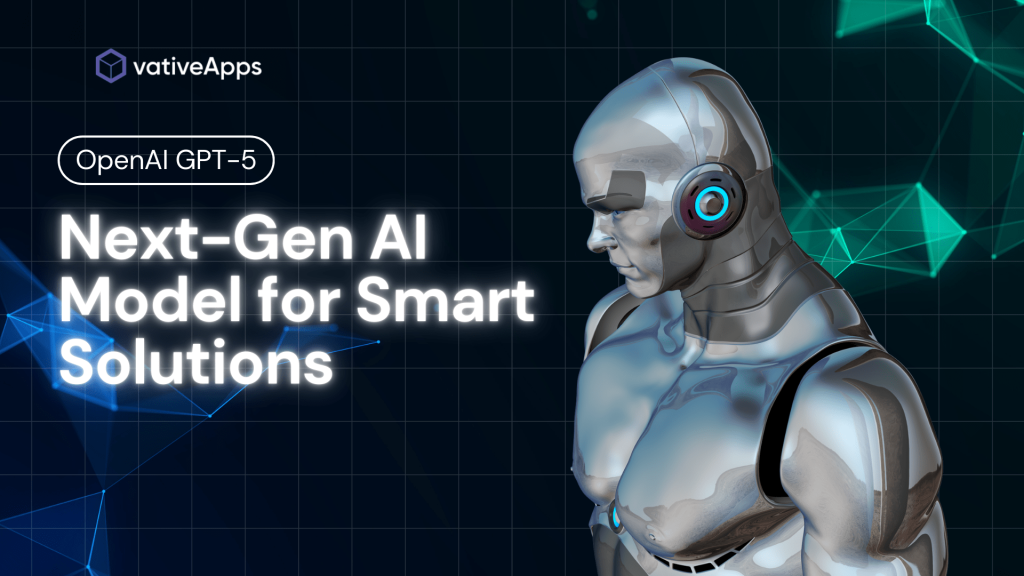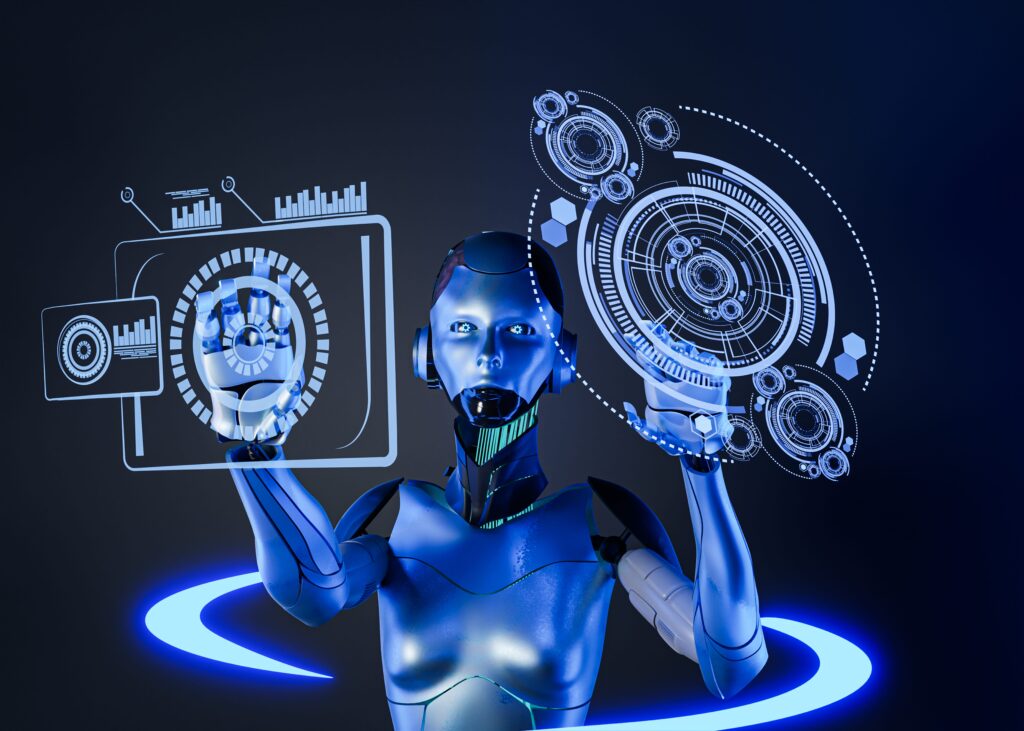
OpenAI has officially introduced GPT-5 OpenAI, yes you read it right as the world is moving towards the latest technologies why would not the OpenAI?
The latest advancement in generative AI technology, designed to enhance reliability, memory retention, and conceptual understanding. This new and upgraded version focuses on refining performance and improving real world applications usability, making it an essential upgrade to professionals, businesses, and AI enthusiasts alike.
The Open AI GPT5 transition prioritizes useful improvements over lavish, attention-grabbing features. In contrast to the revolutionary change from GPT-3.5 to GPT-4, even though these changes are minor, they have a big influence on the user experience by improving task management, conversational flow, and response intelligence.
You are at the right place if you are in search of the GPT-5 release date OpenAI and its latest features. What you will see in this;
- GPT-5 Released and Rolling out Date
- Model difference from GPT-4
- How its features help and matter in the Business
- Future expectations
You will have the complete guideline and understanding about GPT-5, what makes it a reliable version of ChatGPT so far, and why it is a game changer for AI-powered workflows.
When Was GPT-5 Released?
OpenAI is making another milestone in the evolution of AI Language models, they officially announced the release date of GPT-5 in July 2025.
According to the CEO of OpenAI Sam Altman;
“The model had completed its training earlier in the year. However, instead of a major keynote event or high-profile launch like previous versions, the company opted for a silent rollout strategy.”
Reason To Launch GPT-5
GPT-5 release date came with little fanfare, unlike the transition from GPT-3.5 to GPT-4, which generated some significant buzz. There is no change in the UI and the toggle inside the ChatGPT. OpenAI integrated GPT-5 directly into the existing GPT-4 settings. This means when users select GPT-4 in the interface of ChatGPT, they are actually using the new GPT-5 AI Model behind the scenes.

This approach was intentional. OpenAI wanted to ensure a smooth transition without confusing the users or overloading servers during rollout. This smart strategy also suggests the company is focusing more on stable, reliable implementations rather than flashy marketing campaigns.
Currently, who has access to GPT-5?
ChatGPT 5 features can only be accessible for those who are ChatGPT Plus & Enterprise subscribers. Whereas free-tier users remain on GPT-3.5 and cannot access the new version. This tiered access model reflects OpenAI’s commitment to delivering advanced features to paying users first, while gradually preparing for a broader release.
Importance of July 2025 for AI Development
OpenAI demonstrates the model’s stability and performance without relying on hype. The ChatGPT release date in July 2025 coincides with a broader trend of rapid advancements in generative AI.

What Parameter Does GPT-5 Have?
Since the day GPT-5 announced its release date questions are rising from users that;
“How many parameters does GPT-5 have?.” Unfortunately, OpenAI has not chosen to disclose any official parameters that count for GPT-5, a departure from previous practices where model size was openly discussed during launch announcement.
Why Didn’t OpenAI Reveal GPT-5’s Size?
There could be multiple reasons behind this decision:
- Competitive Advantage: Keeping the exact size secret helps maintain an edge over competitors in the generative AI space.
- Focus on Performance, Not Numbers: OpenAI has been shifting the narrative from “bigger is better” to delivering practical features and real-world utility.
What Do Experts Estimate?
Industry analysts and AI researchers estimate that GPT-5 likely falls between 1 trillion and 2 trillion parameters, which would make it significantly larger and more capable than GPT-4. Whereas;
- GPT-3 had around 175 Billion parameters.
- GPT-4 was rumored to have 1 Trillion parameters (though never confirmed).
If these estimates are accurate, GPT-5 represents a major leap in terms of complexity and potential reasoning ability, even if the upgrade doesn’t feel as dramatic in day-to-day use.
Why is Counting Parameters Important?
The higher the number of parameters, the more nuanced and context-aware the responses can be. Parameters are essentially the neural connections that allow an AI Model to understand and to generate languages. For OpenAI GPT5, this likely translates to;
- Better Context Retention: GPT-5 can maintain longer and more coherent conversations thanks to its expanded context window (up to 128k tokens).
- Improved Accuracy: Reduced hallucinations and better handling of complex queries.
- Smarter Tool Use: Unified integration of vision, voice, and code interpretation in a single assistant.
Performance Above Limits
What truly sets GPT-5 apart is not just a raw size, it is the architecture improvements and multimodal capabilities. GPT-5’s ability to seamlessly combine voice, image, interpretation, browsing and memory functions makes it the more versatile model in the ChatGPT lineup.
GPT-4 vs GPT-5
What stands out in Chat GPT 5 features is its ability to handle multi-modal interactions effortlessly. Users can upload documents, analyze data, interpret visuals, and even hold real-time voice conversations within the same session.
| Features | GPT-4 | GPT-5 |
| Context Window | Up to 32k tokens | Up to 128 tokens |
| Tool Use | Separate Tools | Unified assistant |
| Memory | No longer-term memory | Persistent Memory |
| Browsing | Basic | Real-time, stable |
| Image Interpretation | Limited | Advanced, detailed |
| Voice | Slow responses | Real-time, natural |
Why GPT-5 Matters for Users?

OpenAI is not just about adding new features in GPT-5, it is about making AI smarter, more efficient, and more practical for everyday use. Unlike previous updates that focused primarily on raw capabilities, it is designed to reduce friction in workflows, allowing users to accomplish more with fewer steps.
Here’s how that benefits different types of users:
- Students: Instead of using separate tools for research, summarization, and note-taking, students can get structured answers, explanations, and study materials all in one chat.
- Developers: Need to debug code, interpret logs, and test scripts? GPT-5 enables developers to upload files, analyze errors, and generate optimized code—all within the same session.
- Writers and Content Creators: Whether drafting blog posts, editing for tone, or optimizing for SEO, GPT-5 handles it all without requiring multiple apps or plugins.
- Business Professionals: From preparing presentations to analyzing data and generating reports, GPT-5 streamlines the process, saving valuable time.
Why This Matters for Businesses and Teams
For companies leveraging AI for customer support or automation, GPT-5 represents a major leap forward. Its unified tool integration and improved context handling make it an ideal engine for chatbot development services and enterprise solutions. Businesses can now create virtual assistants that feel less like chatbots and more like true digital collaborators.
In short, GPT-5 matters because it transforms AI from a reactive tool into a proactive partner, streamlining workflows and boosting productivity across industries.
Final Thoughts
The GPT-5 Open AI update reflects what users truly value, accuracy, stability, and intelligent features that make everyday tasks easier. While it may not be a giant leap like previous upgrades, its focus on memory, context handling, and unified tools makes it a practical and powerful improvement.

Whether you’re a developer, student, or business professional, GPT-5 helps boost productivity by reducing friction and delivering more natural, context-aware interactions. It’s a step closer to making AI function as a reliable digital assistant rather than just a smart chatbot.